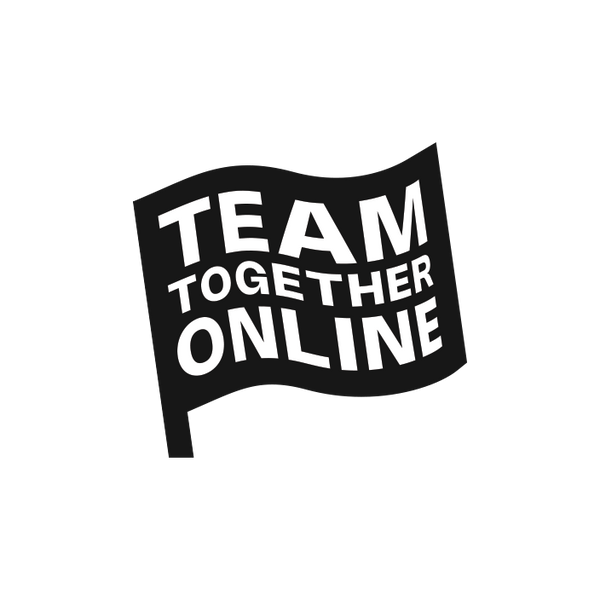TIPS - Why introduce online Intellectual Property to kids?
Introducing intellectual property to your children is a thought which may not have crossed your mind. You might think that this idea only makes sense to a nerdy lawyer or to someone who has too much time on their hands. This article will show you why that is not the case and why it makes sense that you give it a thought.
Why introducing the basic concepts of intellectual property to children and teenagers ?
The current generation of children and teens are digital natives which means being connected online, whether through a phone, a tablet, a computer or video games, is an integral part of their life. It also means that they have creations of the mind (of other people's minds!) readily available at their fingertips whenever they are connected.
Because connectedness has become part of our life too, as parents, we do not necessarily take the time to pause and reflect on all aspects of the "content available" to our kids. We usually think of its safety, appropriateness and costs but do we really pause to think of it as someone else's creation and its resulting intellectual property? For example, do we think of the artist behind the photo our child like would like to use for their show and tell presentation? In many instances, the answer is: Probably not.
Why don't we introduce the basics of intellectual property to children when, as early as toddlerhood, we teach them the basic notions of property, possession and the necessity to ask permission to borrow a toy from another child at the playground? Maybe because we were not raised as digital natives and we were not in a position to infringe anyone else's intellectual property on a quasi daily basis. Maybe because for some parents it is still difficult to exercise the rights reflexes themselves and it is therefore challenging to think of being a role model in this respect. Whatever the causes holding parents back, there are two main reasons for introducing intellectual property to children:
First, respecting others' creations is not only a moral standard, it is also a legal reality which, ultimately, children will have to respect once grown up. So why not starting early, like with the concept of property over a toy in the social setting of a playground? After all, the earlier concepts and values are introduced to children to more easily they will tend to understand, integrate and respect them in the long term.
Second, from an economic point of view, as explained by Richard Gibbs, a Chartered (UK) and European Patent Attorney in this article, today's children are the entrepreneurs of tomorrow. They are being taught coding and AI from a young age and it only makes sense that they also receive an education in intellectual property in this process and in the wider context of protecting the revenues of the creative industries.
How to introduce intellectual property in a way which children and teenagers can relate to and enjoy?
Where to start? Start simply with a parallel. Why not explaining concisely to your child that, similar to the way that toys or other objects are possessions and the property of someone - which they know must respect - the creations of the mind (such as invention, text, artwork such as drawings, photographs, music and songs) are also the property of their creator. Therefore, we have to remember to do the right thing before we use them (for example, refer to the author of a text, credit the photographer for his/her photograph etc).
Then, to make the idea less abstract, you can illustrate it with an example your child can relate to. For instance, you can explain that if a friend of theirs included a photo of their (your child's) best drawing to illustrate their show and tell presentation, your child may feel proud and flattered and at the same time they would probably want the rest of the class to know that they were the author of that drawing. Using this simple example, your child will understand, in simple terms, the importance of credit and will likely associate fairness with it.
Don't forget that practical guidance and role modelling are crucial. Whilst supervising their homework, for example, remind your child to not only refer to an author, but also to credit a photographer, or go to copyright free website (such as unsplash.com) to source the photos for their class presentations.
Finally, as always, engage in fun activities! See the resources just below.
To further engage with your kids on this topic, here is a list of practical and fun resources:
The US patent and trademark office offers a wide range of activities, videos and downloads for children and for teenagers as well as their parents and teachers.
It can be educational and fun - keep the online safety skills conversation going!
